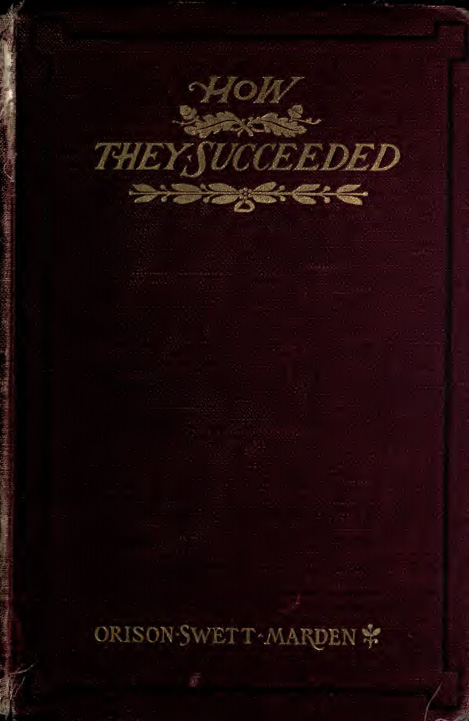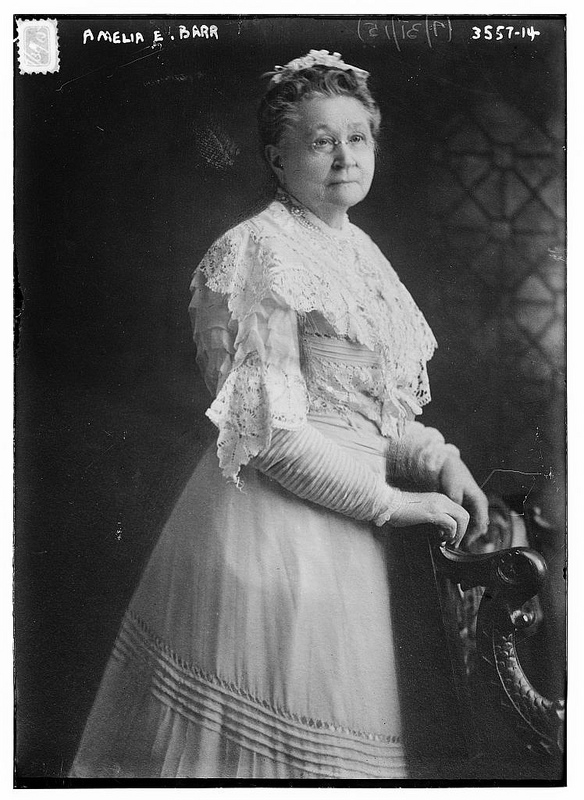The dark side is not only for two-dimensional villains and vampires. It's part of everyone in real life who has lived more than a couple of years. To express that in a character—whether villain or hero—to tap into the power that comes from showing truths about the character's deepest self, and thereby creating a complex, conflicted character, is one of the biggest challenges writers face. Why? Well, there are probably lots of answers to that particular question, but I'm going to suggest that it's because our "deepest self," warts and all, is something most people are uncomfortable examining, much less expressing for public consumption.
But most people aren't writers, you say. We writers examine these things.
Do we? Well, yes, with varying degrees of bravery and skin in the game. I'm just sayin . . . it ain't easy. But it's sure as heck worth it.
The most riveting characters in literature are the deeply conflicted ones—the ones who are driven to behave in certain ways that go against the grain of what they know to be upright and good, for example. Anti-heroes are classic examples of that type of inner conflict. Think Scarlett O'Hara in
Gone With the Wind and Rick of Rick's Café Americain in
Casablanca.
At least Scarlett and Rick get a chance for redemption at the end of their stories. But then there's the even more complex character, the dark tragic hero who honest-to-god believes himself to be someone who strives to do what's noble (and makes sure the world sees him that way), but is, in fact, driven by lower orders of need and desire. Dick Diver, the brilliant young psychiatrist in F. Scott Fitzgerald's
Tender Is the Night, is such a hero. The tragedy is not that he sacrifices himself for truth or right (as a more conventional hero might), but that he doesn't, in the end, actually see his own truth (although the perceptive reader does). His sacrifice is not heroic, after all. He turns out to be a lost soul and doesn't know it. He just knows things didn't work out for him.
Of course, the same is true of villains—the most memorable, impactful ones are the most complex and conflicted.
What is it, as a general rule, that gives these complex heroes and villains their dark side? If we can answer that question, we can learn how to add dimension and power to all our characters.
We have to consider not only whatever happened in the person's lifetime that affected them—whether they grew up in wealth or poverty, privilege or deprivation, or experienced a broken heart, violence or emotional trauma, for example—but intrinsic character, or personality, as well. It's not as if we can say that two plus two always equals four, because when it comes to character, that is just not true.
What does seem to be true, whatever the character or personality, is that darkness is most often the result of betrayal (large or small).
In simpler characters the betrayal may be represented as entirely external (the character's true love is killed in a senseless act of violence, e.g.), and his response is direct and proportional (he sets off on a path of bloody revenge).
In more complex characters it's never that simple. It just about always comes down to a powerful form of self-betrayal at a deep, soul level. Once that happens, the odds of being able to turn back are practically nil. I think that if we focus on what that involves, we can get to the source of how to write complex, conflicted, dark characters.
Life is messy. No one can go through it without doing some damage to their heart and values unless they live in a bubble. When the damage comes from the usual, average-impact behaviors of unhealthy selfishness or overweening need, it can usually be mended, leaving only slight scars that have the effect of toughening and strengthening the core with their mending. But people can also make choices that do insidious lasting damage to their deepest selves, and that is what our dark, conflicted characters have done.
There's something our character wants, something he desperately needs. When he sees the opportunity to grasp it he does so, and damn the consequences. Maybe it's love at any cost, or revenge, or power. Maybe it's safety, which he can get by remaining silent in a volatile situation. Maybe it's to be revered by others. We
all want and need something like these things sometime. It's part of being human. But our character's need is ramped up. The stakes are high. When he reaches out to grasp what he wants, there's a little voice telling him that there has to be a better way—it is wrong to get it
this way. That voice comes from his deepest self, but it is silenced by the need. The character takes what he needs in spite of the warning from deep within.
A deeply conflicted character can only exist in someone who is aware of and in touch with his deepest self and knows the purity that existed there, then behaves in a way that is contradictory to that knowledge. That is self-betrayal. And you know it's going to come back to bite. A shadow begins to grow.
Voilà. The inner conflict. The complexity. The dark side.
Who are your favorite dark heroes or villains in literature?



